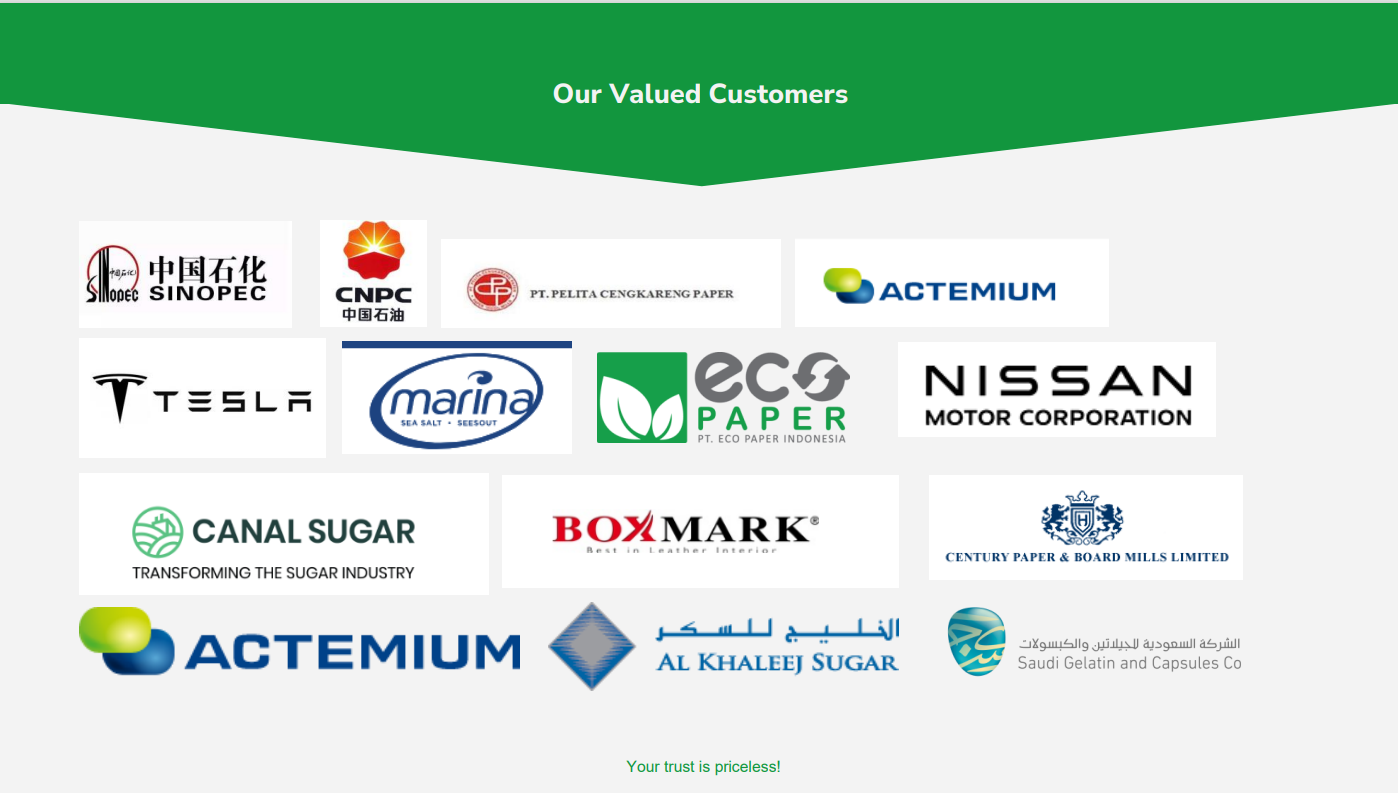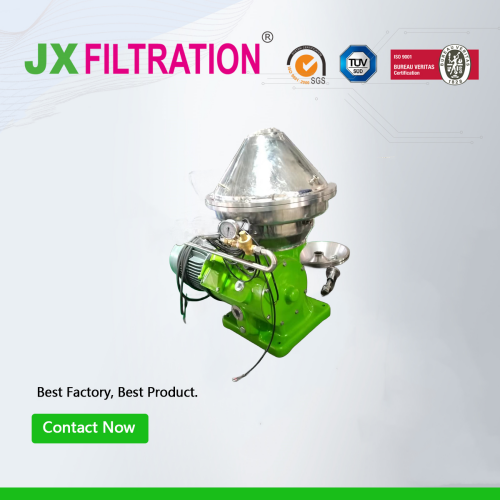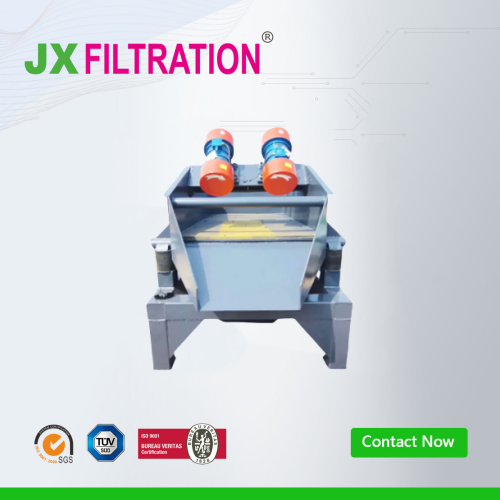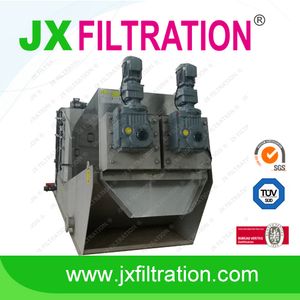Detecting Impurities in Wastewater and Recommended Water Treatment Equipment
Introduction
Effective wastewater treatment is crucial for environmental protection and public health. Understanding and detecting impurities in wastewater is the first step in designing and implementing effective treatment processes. This article will discuss the methods for detecting impurities in wastewater and recommend appropriate water treatment equipment to address these impurities.
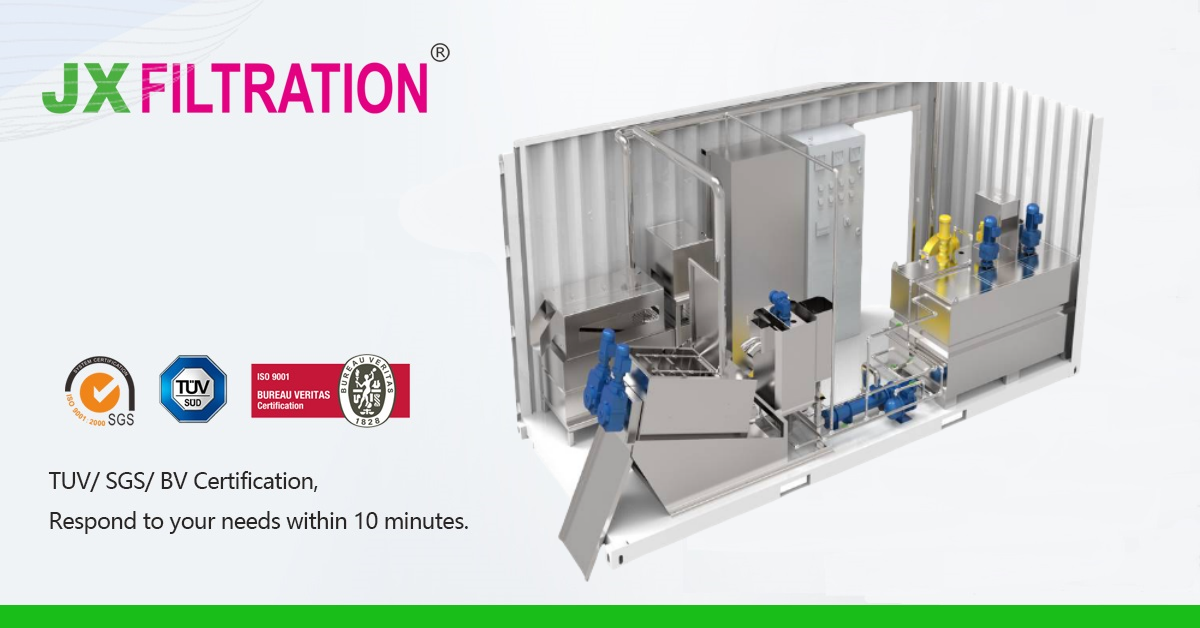
Methods for Detecting Impurities in Wastewater
1. Physical Methods:
- Sedimentation and Filtration: Large particles and suspended solids can be removed through sedimentation and filtration. This process can be observed by allowing the wastewater to sit and examining the settled solids.
- Microscopic Examination: A microscope can be used to identify microorganisms and smaller particles in the water.
2. Chemical Methods:
- Chemical Reagents: Adding specific chemical reagents can help detect pollutants like ammonia nitrogen and phosphates. The reagents cause a color change that indicates the presence and concentration of these substances.
- pH Measurement: Using a pH meter to measure the acidity or alkalinity of the water provides information on its chemical properties.
- COD (Chemical Oxygen Demand) Test: This test measures the amount of organic matter in the water by determining the amount of oxygen required for its decomposition.
3. Biological Methods:
- Biological Indicators: Observing the presence and abundance of certain organisms like algae and bacteria can indicate the water quality.
- Biosensors: These devices use biological reactions to detect specific pollutants.
4. Laboratory Analysis:
- Spectral Analysis: This method uses a spectrometer to detect dissolved metal ions and organic compounds.
- Mass Spectrometry: Mass spectrometry helps identify complex organic substances in wastewater.
- Chromatography: Techniques like liquid chromatography or gas chromatography separate and analyze organic pollutants.
5. On-Site Rapid Testing Equipment:
- Portable Multi-Parameter Water Quality Analyzer: These devices can quickly measure multiple water quality parameters, such as dissolved oxygen, turbidity, and conductivity, on-site.
- Test Strips and Kits: These provide a quick and easy way to detect specific pollutants like residual chlorine and nitrates.
6. Common Indicators:
- Total Suspended Solids (TSS): This is measured by filtering the water and weighing the solids.
- Biochemical Oxygen Demand (BOD): This test determines the amount of oxygen needed by microorganisms to decompose organic matter in the water.
- Heavy Metal Content: Spectral or mass spectrometry analysis can measure the concentration of metals like lead, cadmium, and mercury.
Recommended Water Treatment Equipment
1. Sedimentation Tanks: Sedimentation tanks are effective for removing large particles and suspended solids. These tanks allow solids to settle at the bottom, making it easier to separate them from the water.
2. Filtration Systems: Filtration systems, such as sand filters or membrane filters, can remove smaller particles and microorganisms from the water. These systems are essential for improving water clarity and quality.
3. Chemical Dosing Systems: Chemical dosing systems add specific chemicals to the water to neutralize pollutants. For example, coagulants and flocculants can be added to aggregate smaller particles into larger ones, which can then be easily removed.
4. Biological Treatment Units: Biological treatment units, such as activated sludge systems or biofilters, use microorganisms to decompose organic matter. These systems are effective in reducing BOD and COD levels in the water.
5. Advanced Oxidation Processes (AOP): AOP systems use oxidizing agents like ozone or hydrogen peroxide to break down complex organic pollutants. These systems are effective for removing difficult-to-treat contaminants.
6. Ultraviolet (UV) Disinfection: UV disinfection systems use ultraviolet light to kill or inactivate microorganisms in the water. This method is effective for ensuring the microbiological safety of treated water.
7. Reverse Osmosis (RO) Systems: RO systems use a semi-permeable membrane to remove dissolved salts, heavy metals, and other contaminants from the water. These systems are essential for producing high-purity water.
8. Sludge Handling Equipment: Sludge handling equipment, such as dewatering systems and centrifuges, are used to manage the solid waste generated during the treatment process. These systems help in reducing the volume of sludge and making it easier to dispose of or reuse.
Conclusion
Detecting impurities in wastewater is a critical step in the treatment process. By using a combination of physical, chemical, biological, and laboratory methods, we can accurately identify the contaminants present in the water. Based on the type and concentration of impurities, appropriate water treatment equipment can be selected to effectively treat the wastewater. Implementing these methods and equipment ensures that treated water meets regulatory standards and is safe for discharge or reuse.
